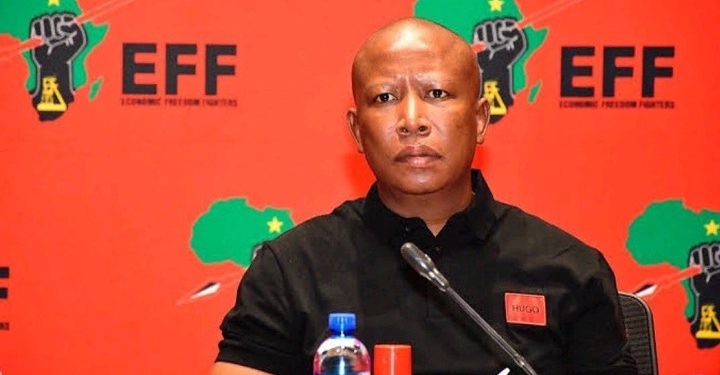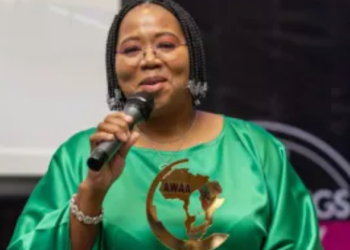Elon Musk’s recent repost on social media has sparked a heated discussion about ethnic demographics and political rhetoric, centering on Julius Malema, the Commander-in-Chief of South Africa’s Economic Freedom Fighters (EFF). The post, originally shared by Visegrad 24, highlights a controversial claim about Malema, alleging that he harbors intense animosity toward white people to the extent of supporting their genocide, while simultaneously residing in a predominantly white suburb of Johannesburg.
The post specifically points to Hyde Park, the affluent neighborhood where Malema lives, which demographic data reveals is 77.4% white. This stark contrast has raised questions about the consistency between Malema’s public statements and his personal lifestyle choices. According to the statistics, the black population in Hyde Park is 9.8%, with smaller percentages of American Indian, Alaska Native, and Asian residents. This revelation has fueled a broader conversation about the complexities of racial dynamics in South Africa, a nation still grappling with the legacy of apartheid and ongoing racial tensions.
Critics argue that Malema’s decision to live in a predominantly white neighborhood undermines his political rhetoric, suggesting a disconnect between his words and actions. They view it as hypocritical for a leader who frequently criticizes white privilege and colonialism to reside in an area that symbolizes wealth and racial inequality. On the other hand, supporters may interpret his choice as an attempt to engage with and challenge the existing system from within, rather than isolating himself from it.
Elon Musk’s involvement in amplifying this discussion has added a new layer of scrutiny, given his global influence and the widespread attention his social media activity commands. His repost has not only intensified the debate but also drawn a larger, international audience to the conversation. The discourse has expanded to include broader themes such as racism, privilege, and the integrity of political leaders, particularly in contexts as sensitive as South Africa’s racial politics.
The demographic data from Hyde Park has become a focal point in these discussions, underscoring the intricate and often contentious nature of racial identity and political discourse in the region. As the debate continues, it highlights the importance of examining whether public figures’ actions align with their statements, especially in contexts where racial issues remain deeply polarizing.
This incident serves as a reminder of the enduring challenges South Africa faces in reconciling its past with its present, and the role that public figures like Malema play in shaping the national conversation. Whether this scrutiny will impact Malema’s political standing or lead to a broader reckoning on racial politics remains to be seen, but one thing is clear: the intersection of race, rhetoric, and reality continues to be a contentious and deeply relevant issue in South Africa and beyond.






















